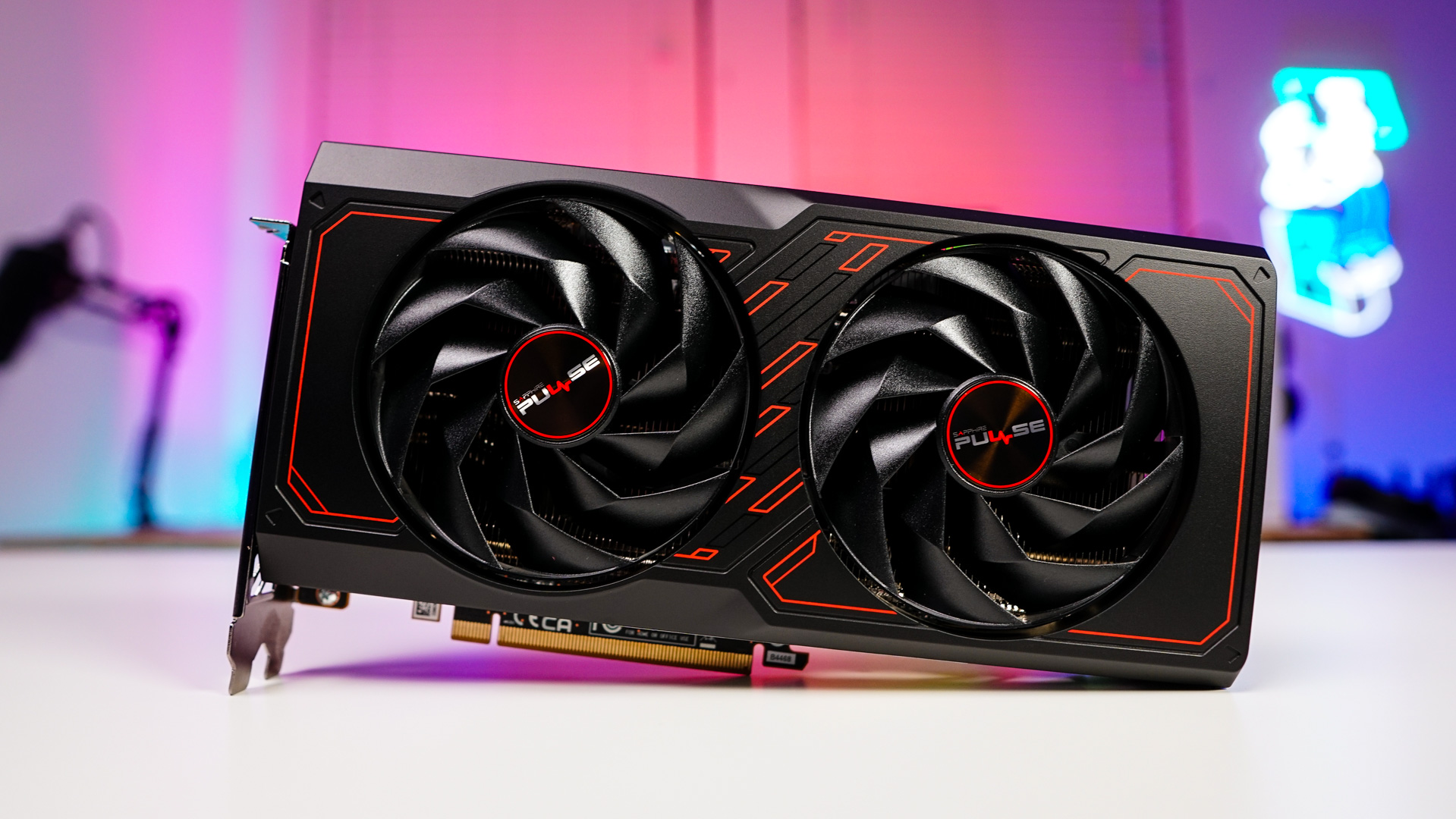When it comes to power supplies you’ve probably haven’t heard of Yeyian, you actually might have never heard of Yeyian before. We were introduced to Yeyian last year and they make full-on custom PCs to selling their own components. With new graphics cards having the 12VHPWR connector there is a new ATX 3.0 specification that makes use of this connector as well as adding many other features. With that we’ve seen the introduction of ATX 3.0 power supplies that make use of this connector (no adapters) as well as adopt the new safety standards. Today we are taking a look at two Yeyian Pegasus power supplies that are ATX 3.0 and offer a variety of different features.
Special thanks to Yeyian for providing us with the Pegasus 850W and Pegasus 1000W power supplies to review.
ATX 3.0 Standard
This power supply is an ATX 3.0 unit, just not any other power supply. To help you better understand here are some of the changes that the ATX 3.0 standard brings with it.
- Electrical Performance and Improved Compatibility
- Increased tolerance for high power spikes, reaching up to 200% of the PSU’s rated power for 100 μs with Intel’s custom set duty cycle.
- There are some changes in low load efficiency. Above 60% is required for 10W or 2% of max-rated capacity, and above 70% is a recommendation now instead of a requirement.
- The power supply communicates with the graphics card about its power capabilities through sideband signals.
- Increased slew rates for transient loads (2.5 – 5x times higher for the +12V rail. They remain the same for the other rails)
- It is the first time the 12V rail can go up to 12.2V to allow for lower voltage drops with transient loads.
- Wider load regulation limits for the +12V rail (+5 to -8% on the PCIe connectors and +5 to -7% for the other connectors).
- There are some changes in the speed of the Power On signal to allow for faster response and the system’s wake-up, even when the rails are not at zero levels but somewhere in between.
- Efficiency and design requirements for Alternative Low Power Modes (ALPM), previously called Alternative Sleep Modes. One of them sets some limits to the standby rail’s efficiency.
- The labels on the PSUs should include T1 and T3 timings, among others. The role of these timing signals has been upgraded.
- Power supplies should be able to cycle on & off 175,200 times per year of their life without breaking.
- 12VHPWR (12+4 Pin) Connector
- A new 12VHPWR connector / cable for PCIe cards and peripherals that can deliver up to 600 W.
- The 12VHPWR should have a label printed on it showing the maximum power it can deliver.
- All power supplies with more than 450W max power should have a 12VHPWR connector.
Packaging
Both of these power supplies come in a very nice retail box. On the front we have pictures of the units and it does let us know the total output. As you can see we have both a 1000W and 850W unit here.
Flipping around to the back we have more pictures of the units and a list of specifications and what comes in the box.
The unboxing experience is actually quite nice as you’ll find the power supply and accessories nicely protected inside.
Both the 1000W and 850W units will come with the same amount of cables, most notably the 12VHPWR cable. Besides the cables you are also going to get a set of zip ties, mounting screws, and a user’s guide.


As far as what connectors you get, below is a breakdown.










